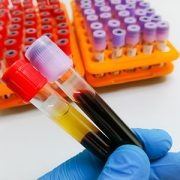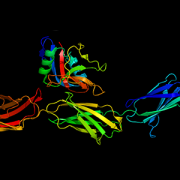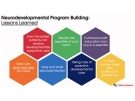Pharmacokinetic and pharmacodynamic analysis of vosoritide in Phase 2 trial

The research, published in Hormone Research in Paediatrics, examined whether pharmacokinetic (PK) factors or other blood biomarkers correlated with the response to treatment of vosoritide in children with hypochondroplasia.
Researchers from Children’s National Hospital presented new data from the world’s first clinical trial of vosoritide use for growth disorders at the European Society for Pediatric Endocrinology annual meeting. The research, published in Hormone Research in Paediatrics, examined whether pharmacokinetic (PK) factors or other blood biomarkers correlated with the response to treatment of vosoritide in children with hypochondroplasia. The study found that drug exposure — as measured by average PK area under the curve (AUC) — did not correlate with any growth outcome.
The big picture
Previously published results of the clinical trial of vosoritide in children with hypochondroplasia showed that vosoritide can help kids with hypochondroplasia grow better. For this study, the researchers analyzed PK parameters by non-compartmental methods. Pharmacodynamic markers were measured at day 1, the 6-month and 12-month visits. The PK analysis indicates that drug exposure was correlated to global C-type natriuretic peptide (CNP) activity as measured by urine cyclic guanosine monophosphate (cGMP) concentrations.
Moving the field forward
There are currently no approved therapies for hypochondroplasia. Children’s National is the first site in the world to conduct a trial of a targeted treatment for hypochondroplasia and this is the first study to report PKs of vosoritide in children with hypochondroplasia.
“The results of our study showed that the drug levels achieved are similar to what was achieved in patients with achondroplasia,” says Andrew Dauber, M.D., M.M.Sc., chief of Endocrinology at Children’s National and one of the study authors. “This suggests that the dose we used is a reasonable one, paving the way for a Phase 3 trial of vosoritide in children with hypochondroplasia.”
What’s next
Dr. Dauber emphasized the importance of these findings for the medical community, particularly for those dedicated to pediatric endocrinology. He noted that understanding the nuanced responses among different children is crucial for optimizing future treatments.
“This ongoing commitment to innovative research underscores the relentless pursuit of targeted therapies, bridging gaps and bringing hope to families and patients worldwide,” says Dr. Dauber.
Read the study in Hormone Research in Paediatrics: Phase 2 Trial of Vosoritide Use in patients with Hypochondroplasia: Pharmacokinetic/ Pharmacodynamic analysis from 12 Month Data











